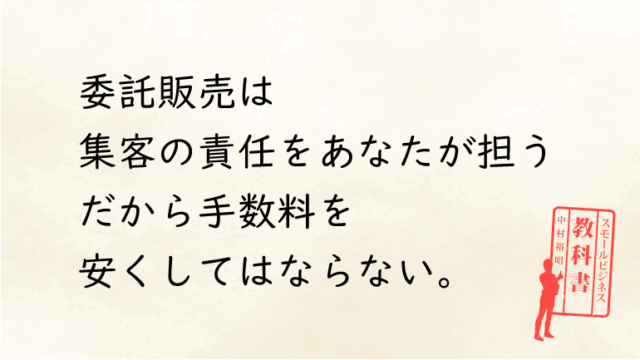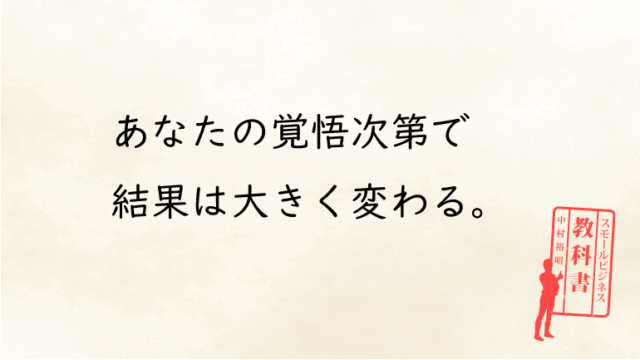Consignment sales are a method of taking products from consignors and earning a sales commission when the products sell.It is an effective method of increasing the product lineup while avoiding inventory risk because it allows you to have a small amount of merchandise available.
At first glance, this business model seems to have many advantages, but it requires some tricks to succeed and involves risks.In this article, we will explain the advantages and disadvantages of consignment sales in an easy-to-understand manner and consider when it is suitable and when it should be avoided.
Consignment Sales Basics and Benefits
Consignment sales have the great advantage of allowing businesses to proceed without the risk of inventory or unsold items.
With regular purchase goods, there is always the risk of inventory and unsold goods, but consignment sales do not have this risk because payment is made to the supplier only when the goods are sold.
This makes it a very effective method for businesses that want to increase their product lineup with less capital.
In Japan, bookstores sell on consignment.
In the general process, books are produced by publishers and distributed to bookstores by distributors such as Nippan and Tohan.If the books do not sell, they are returned to the publisher.
To give a fairly simple explanation of the flow of money, once the distributor pays the publisher for the books distributed, the publisher will refund the money for the returned books to the distributor at a later date.The bookstore pays a percentage of the books sold to the distributor.
The consignment sales business model is a profitable flow of selling products on behalf of consignors and earning commissions on those sales.This allows for a larger selection of products with limited funds.
Why I did not sell on consignment in my store
When I operated an accessories store, I adopted consignment sales due to lack of funds in the latter half of my career.However, in the kimono recycle store that I later developed, I chose not to sell on consignment.There are several reasons for this.
First, kimono recycle stores have two types of customers: those who wear kimonos and those who use kimono fabrics to make clothes and accessories.Many of those who wanted to sell on consignment were those who made handmade accessories and clothes using kimono fabrics.
Handmade products are time-consuming to produce.However, buyers often do not fully appreciate the effort involved, making it difficult to set prices high.
Also, producers tend to sell at lower prices because they think that higher prices will make it harder to sell their products.As a result, there is a big difference between the amount of money the store wants to sell and the amount of money the maker receives.
For example, if one piece is sold for 10,000 yen and half is deducted as a sales commission, the creator is left with only 5,000 yen.Since the store also bears the labor, advertising, and operating costs associated with the sale, it is forced to set a higher commission.
The producer will, of course, have to pay for materials, so the actual profit may only be 3,000 yen or 2,000 yen when expenses are subtracted.It is common for a single piece of work to take several hours to make, and having only a few thousand yen left over is not sufficient income for the creator.
Those who wish to sell on consignment are also our customers.I would find it somewhat unsettling to know that the store is selling for 10,000 yen and I am left with only 3,000 or 2,000 yen.
To begin with, we had built a business model in the kimono business with a cost-to-sales ratio of about 5%, so if we sold a product for 10,000 yen, 9,500 yen would remain as gross profit. Therefore, it was not very attractive to fill the limited sales floor space with products sold on consignment.
Failure to sell on consignment at an accessories store
The reason why we did consignment sales at the time of the accessory store and did not achieve results was also because in the end the number of sales and profits were not as good as we had hoped.
What I felt after actually trying consignment sales at that time was that while proper management is a prerequisite, only products that match the concept and direction of the store should be sold on consignment.
If you want to increase the number of products or if you think that anything goes as long as it sells, you will tend to place products that will sell anyway, but I would like you to be patient with that.
This is because there is a danger that the concept of the store will be out of sync and it will not attract the customers it is looking for.Even if the store sells well at first, customers will not stick around in a store where the product lineup is constantly changing.If customers do not stick around, it means that the business cannot be stabilized.
Also, try to get a higher commission if possible.Some stores set their sales commissions low because they believe that consignment sales involve no product risk.
If you can sell a lot, you can still run your business, but no matter how much money you don’t have to spend on purchasing products, if you consider that the profit from consignment sales will cover the cost of location and attracting customers, you know that you should not set your sales commission low.
Returning profits to the consignor means that it will lead to the next product.Consignors are considered partners, and it is very important for both parties to be able to continue the relationship comfortably.
Disadvantages of Consignment Sales
One of the difficulties of consignment sales, which require manpower, such as handcrafting, is the impact that the characteristics of the product have on the business.Handmade works are highly dependent on the skill and time of the creator, making it difficult to ensure a stable supply of products.
For example, if the pace of production by the maker slows down, there will be a shortage of products to put on store shelves.This will not meet the expectations of customers who want to purchase products.
It is also common for the creator to have to put off production due to urgent appointments or illness.Without the product, it is difficult to sell it because it cannot be converted into money.This becomes an uncontrollable factor and an obstacle to stable sales.
Furthermore, there is a possibility that the artwork may be damaged when customers pick up the products in stores.If a problem arises with a work of art that the creator has put his/her heart and soul into, the relationship with the creator may deteriorate as a result of his/her response.
Of course, the same is true for new products.If the product is a low value item, there may be a way to deal with it if it is a commodity, but if it is a high value item, the risk increases.Consigners may be reluctant to continue to entrust expensive items.
Dealing with other people’s goods brings with it a fair amount of responsibility and the hassle and risk involved in managing them.For these reasons, I have decided not to sell on consignment at my store.
How to make consignment sales work for you
Nevertheless, it is possible to make it a business by making good use of consignment sales, as in the bookstores I mentioned earlier.
For example, by combining in-house and consignment products, you may be able to offer unique value and differentiate yourself from other stores, or you may be able to enhance the overall appeal of your store by choosing products that match the concept of your store.
Consignment sales are also a good option if, while understanding that profits will be thin, you can build a relationship with the maker and establish a flow of new purchases of materials or another source of income by holding classes for the maker.
It is also possible to offer high-value items in the form of consignment sales.For example, an art dealer may be an easy example of this element.Supporting artists by discovering them and working with them to introduce them to the world is beyond the scope of mere consignment sales, but it can be easily understood as a successful example of a business model that is similar to consignment sales.
In order to have a successful consignment sale, it is important to set some rules.Clear arrangements must be made, such as establishing quality standards for products, not selling items that do not meet those standards, and returning items that have not sold for a certain period of time.
It is also important to build a relationship of trust with the producer so that if problems arise in the supply of goods, they can be resolved cooperatively.If the power balance between product providers (suppliers) and sellers is lost, the business will not run well at once, so please keep this in mind while building your business.
Summary: Consider how you handle consignment sales.
Consignment sales are a method that can offer new attractions while increasing the number of products and reducing costs.However, there are many risks and challenges involved in doing so.I chose not to sell on consignment due to the difficulty of profit margins and stable supply and quality control, but it can be an effective tool depending on the store’s strategy and the type of business.
The most important thing is to attract customers first, whether they are selling on consignment or their own products.No matter how good the product lineup is, it is meaningless if customers do not show up.
It is important to consider whether to incorporate consignment sales after developing a solid plan to attract customers.Understand the advantages and disadvantages, and find a way to efficiently increase profits while minimizing risk.

この記事が気に入ったら
フォローをお願いします!
この記事を書いた人 Wrote this article
Hiroaki Nakamura 起業家・ビジネス書作家
新規事業創出・ニッチビジネス・スモールビジネス構築を得意とする起業家/ビジネス書13冊出版(関連書籍含)。複数の事業展開の経験を持ち、現在は新規事業創出支援、設備メンテナンス事業、人材育成・組織開発支援と、異なる業種3社を経営。特に放置自転車問題とビジネスを掛け合わせた発想や手腕をはじめ、最小の労力で最大の結果を生み出す独自のスモールビジネス構築法に業界内外から注目を集める。


